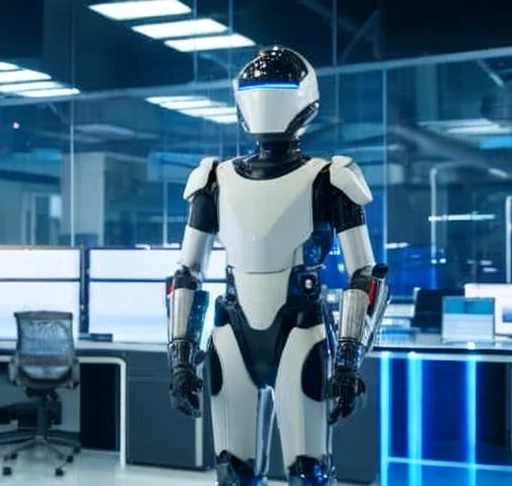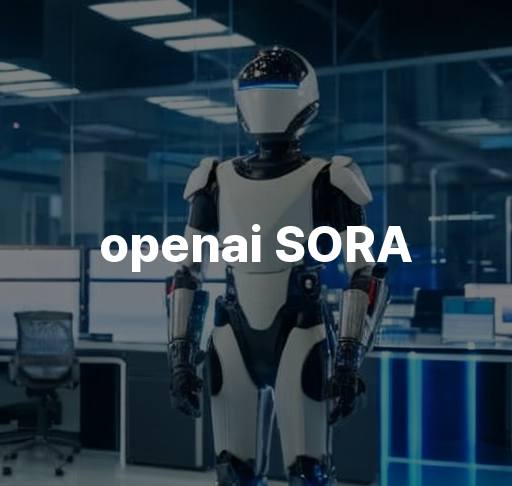소라: 혁신적인 인공 지능 모델
1. Overview
1.1. Introduction
Sora is an AI model that can create realistic and imaginative scenes from text instructions. Sora can generate videos up to a minute long while maintaining visual quality and adherence to the user’s prompt.
1.2. Model Architecture
Sora uses a transformer architecture similar to GPT models, allowing for superior scaling performance. The model represents videos and images as patches, akin to tokens in GPT, enabling training on a wide range of visual data.
1.3. Training Process
Sora utilizes the recaptioning technique from DALL·E 3 to generate highly descriptive captions for visual training data, enabling the model to faithfully follow user’s text instructions in generated videos. The model can generate videos solely from text instructions, animate still images, and extend existing videos.
2. Application
2.1. Video Generation from Text
Sora can create entire videos from text instructions, understanding the physical world and accurately interpreting prompts to generate vibrant characters expressing emotions in accurate scenes with multiple shots.
2.2. Image Animation
The model can take a still image and animate its contents with attention to detail, bringing the image to life through a generated video sequence.
2.3. Video Extension
Sora can extend existing videos or fill in missing frames, maintaining subject continuity even when temporarily out of view, providing a seamless visual experience.
3. Safety Measures

3.1. Red Team Testing
Red teamers assess critical areas for harms or risks in the model, working to identify and address potential safety concerns before wider deployment.
3.2. Usage Policies
OpenAI enforces usage policies to reject prompts violating guidelines, such as extreme violence, sexual content, hateful imagery, or infringement of others’ intellectual property.
3.3. Safety Tools
OpenAI implements safety tools like detection classifiers to identify generated content, image classifiers for policy adherence, and engagement with policymakers, educators, and artists to understand concerns and promote positive applications of the technology.
4. Future Development
4.1. Scaling Performance
Sora utilizes a transformer architecture similar to GPT models, allowing for superior scaling performance. By representing videos and images as smaller units called patches, Sora can train diffusion transformers on a wider range of visual data, spanning different durations, resolutions, and aspect ratios. This approach enables the model to generate complex scenes with multiple characters, specific types of motion, and accurate details while maintaining visual quality and adherence to the user’s prompt.
4.2. Real-World Applications

Sora’s capabilities hold promise for a variety of real-world applications, ranging from generating video mock-ups for professional use to visualizing events like weddings. Professionals, such as designers, filmmakers, and animators, stand to benefit from Sora’s ability to create realistic and imaginative scenes from text instructions. By extending generated videos and animating still images, Sora opens up possibilities for enhanced storytelling and visualization across industries.
4.3. Achieving AGI
Sora serves as a foundation for models that can understand and simulate the real world, a crucial step toward achieving Artificial General Intelligence (AGI). By enhancing its understanding of language and the physical world, Sora demonstrates a deeper comprehension of prompts and the ability to generate compelling characters that express vibrant emotions. This progress contributes to the broader goal of developing AI systems with human-like reasoning capabilities.
5. Access and Deployment
5.1. Early Access
While Sora is currently available to red teamers for assessing potential harms or risks, further steps are being taken to ensure safety and efficacy before broader public access. OpenAI is working on engaging policymakers, educators, and artists to gather feedback and identify positive use cases for the technology. This iterative process aims to refine Sora’s capabilities and address concerns surrounding its deployment.
5.2. Deployment Steps
To prepare for deploying Sora in OpenAI’s products, rigorous safety measures are being implemented. Red teamers are adversarially testing the model, while tools are being developed to detect misleading content and adhere to usage policies. Existing safety methods built for other AI products are also being leveraged to enhance the deployment process and mitigate potential risks associated with Sora’s video generation capabilities.
5.3. Engaging Stakeholders

OpenAI is actively involving stakeholders such as policymakers, educators, and artists in discussions surrounding Sora’s deployment and utilization. By understanding their concerns and perspectives, OpenAI aims to foster a collaborative environment that prioritizes ethical and responsible AI development. Engaging stakeholders early on helps in shaping the future direction of Sora and ensuring its alignment with societal needs and values.
6. Feedback and Engagement
6.1. Gathering Feedback
OpenAI emphasizes the importance of gathering feedback from a diverse range of users, including professionals and researchers from various fields. By soliciting input on Sora’s performance, safety, and potential applications, OpenAI can iterate on the model to enhance its functionality and address any concerns raised during the feedback process.
6.2. Positive Use Cases
Exploring positive use cases for Sora involves exploring how the technology can be leveraged for creative, educational, and practical purposes. From generating video mock-ups for design projects to enhancing storytelling in filmmaking, Sora’s versatility opens up a myriad of opportunities for users to explore and innovate in their respective domains.
6.3. Collaborations and OpenAI SORA
Collaborations with stakeholders, professionals, and researchers play a crucial role in advancing the capabilities of Sora and maximizing its potential impact. By fostering a collaborative ecosystem around Sora, OpenAI can leverage diverse perspectives and expertise to refine the model, uncover new applications, and ensure responsible deployment in various industries and use cases.










